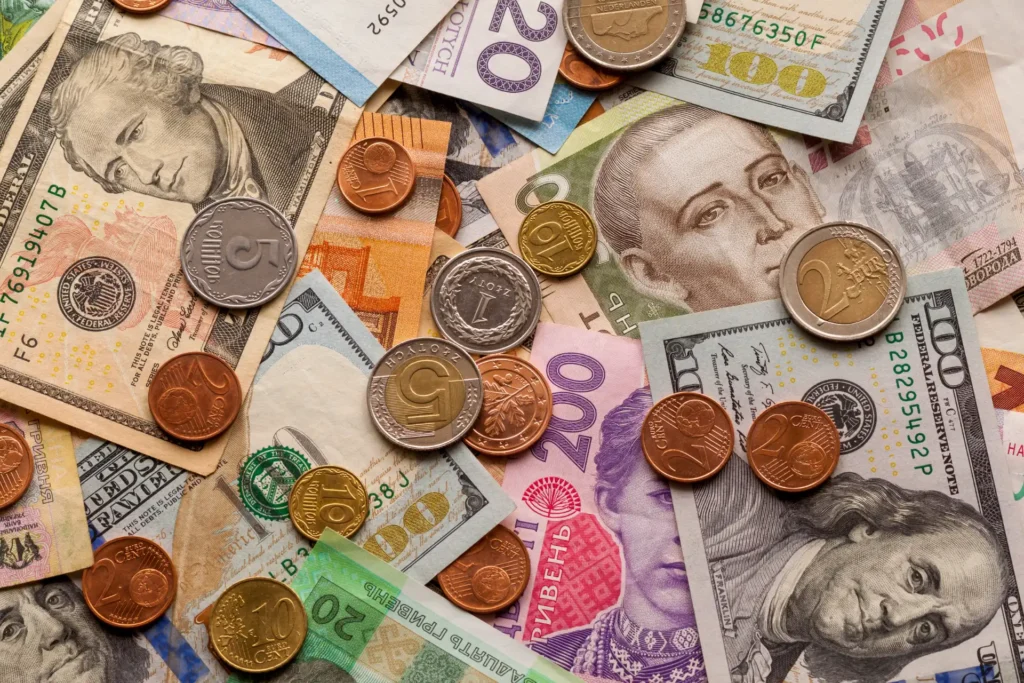
Braille money: Making currency accessible for all
Accessible currency matters. Handling cash can be challenging for people with visual impairments. Around the world, countries have added features to their banknotes to make currency identification easier.
That’s where braille and other tactile features come in. In this blog, we’ll explore how these design features make currency more accessible.
Braille on coins: An overview
Braille on coins works differently than on paper. Coins are small, and braille letters take up a lot of space. So braille has to be much smaller than usual to fit on a coin, making it more symbolic than functional.
Interestingly, braille on coins isn’t meant to aid in identifying them. Coins are already designed with accessibility in mind. Their sizes, weights, and edge patterns make them easy to recognise by touch.
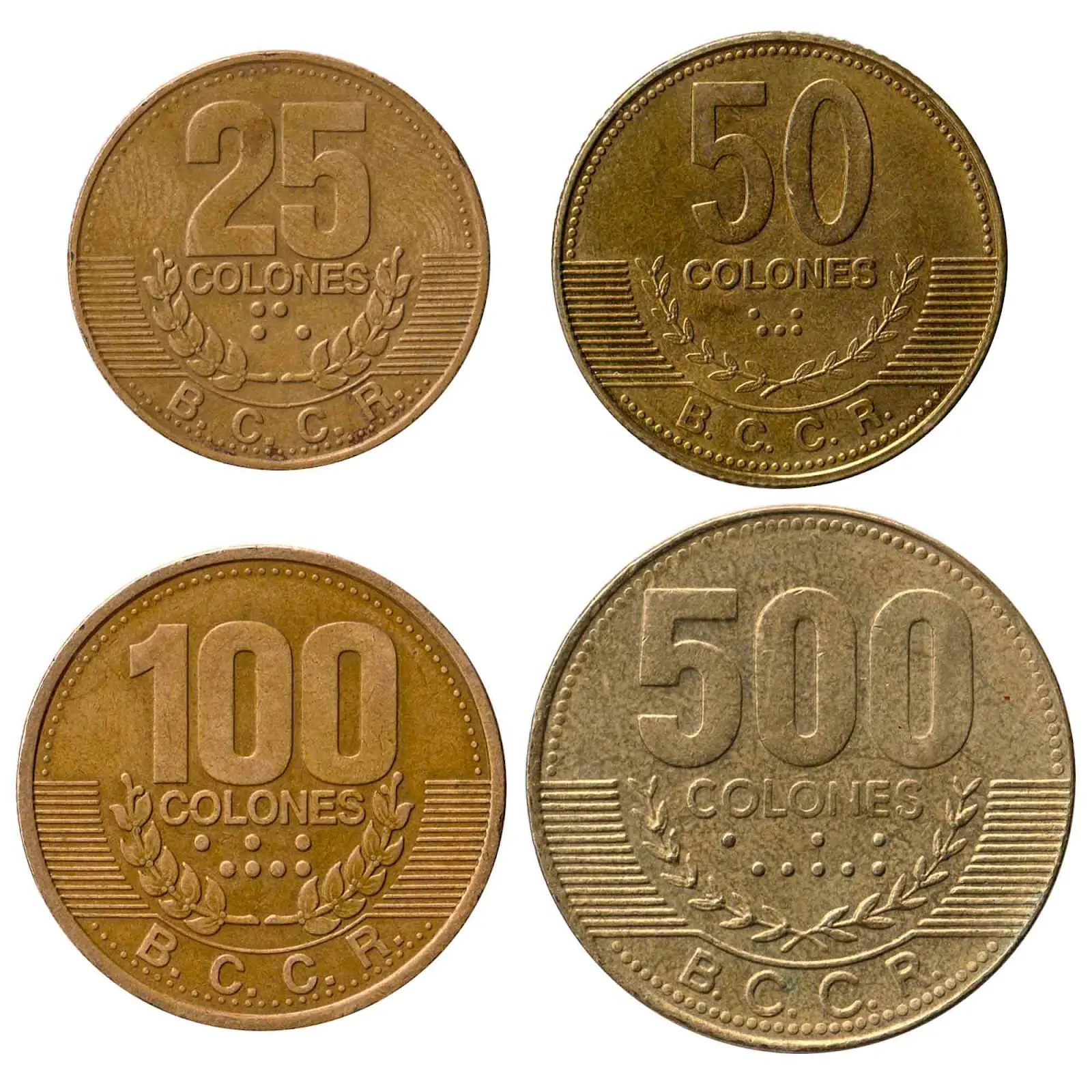
Braille on banknotes: An overview
While coins rely on tactile designs for practical identification, telling banknotes apart can be challenging.
Adding braille features helps solve this problem. Canada was among the first to include braille dots on its notes. Instead of numbers, it uses braille patterns to represent denominations.
Australia followed suit, adding similar features to their dollar notes. In Honduras, they take a different approach, using braille numbers instead of dots. These innovations make handling cash much easier for the visually impaired.
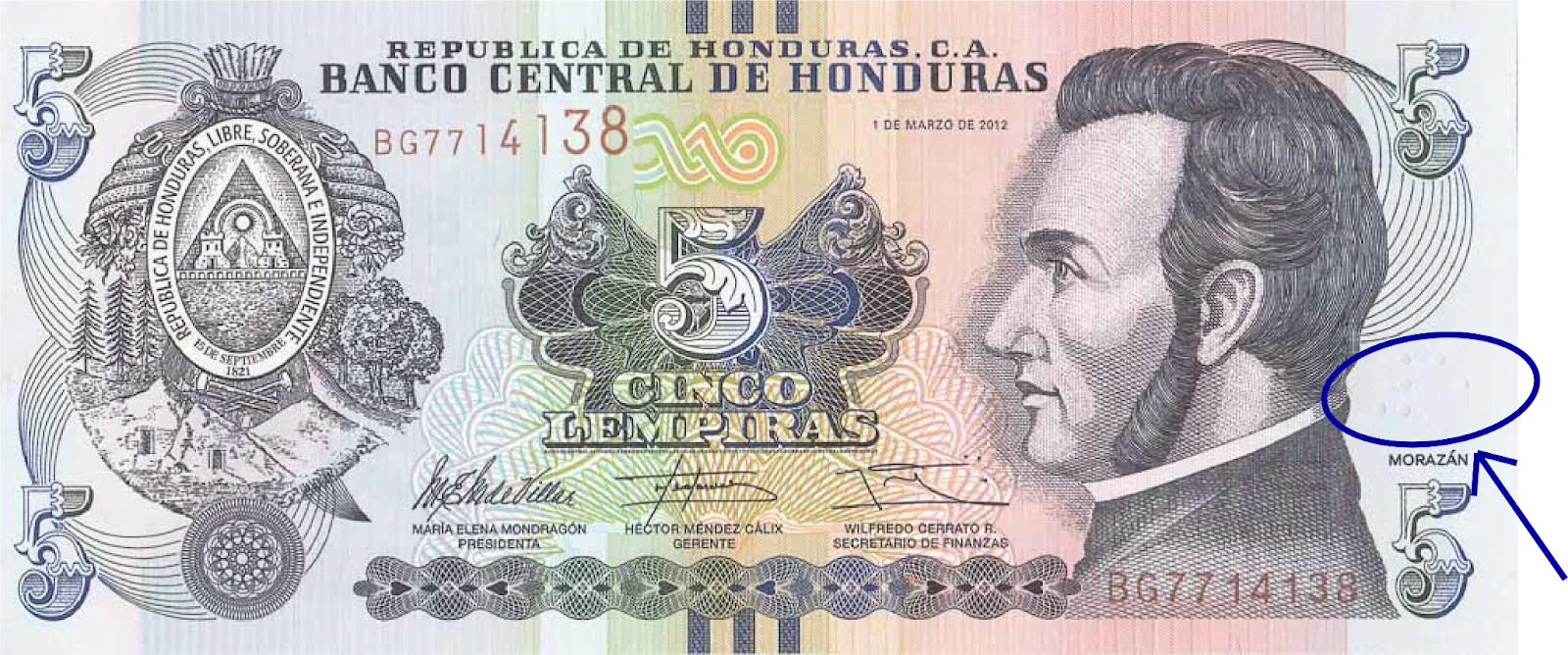
Other tactile features on currency
Not all visually impaired people know how to read Braille, so many countries rely on tactile designs to assist them.
Brazil’s real uses raised lines to distinguish denominations. Each note has a unique pattern of lines, making them simple to identify by touch.
These features work hand in hand with other design elements like size variations and colour contrasts. Together, they ensure that everyone, regardless of their visual ability, can handle money with confidence and independence.
Japan, for example, uses raised lines instead of braille on its yen notes. Each denomination has a different pattern of lines to tell them apart by touch.
The euro banknotes use similar features. They include raised marks and textures in the upper corner of the notes. These physical differences give people a quick way to check the denomination without needing to see it.
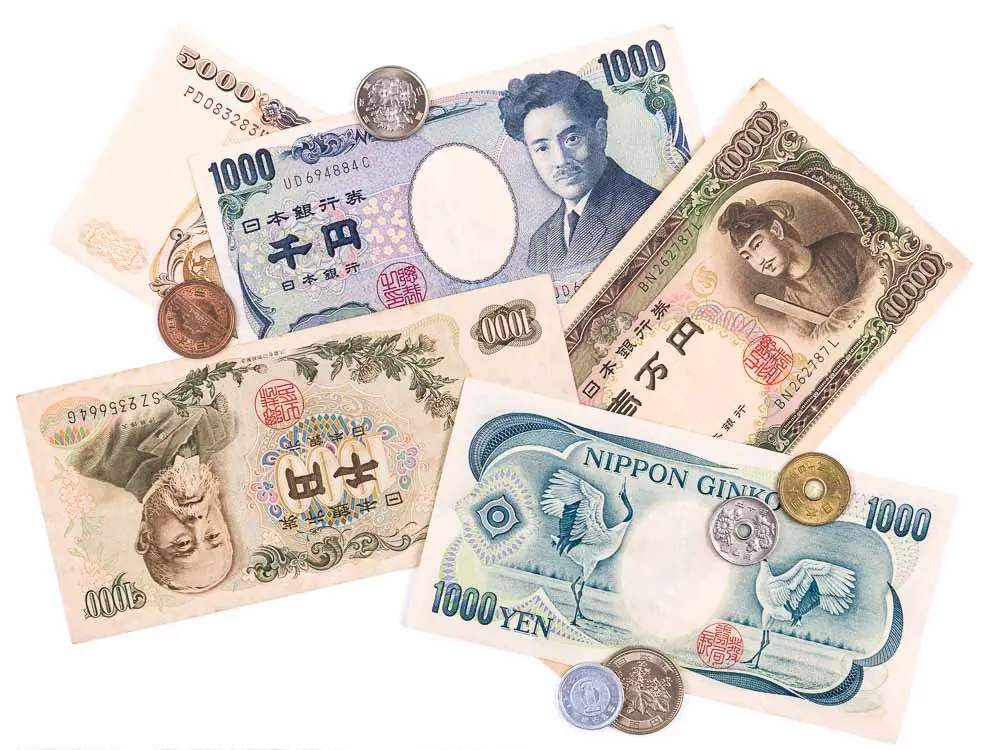
Buy your currency now
Size variations in banknotes as an accessibility feature
Size differences make it easier to distinguish between banknotes. Some countries use this method instead of—or alongside—tactile markings. Euro banknotes, for instance, increase in size with each higher denomination.
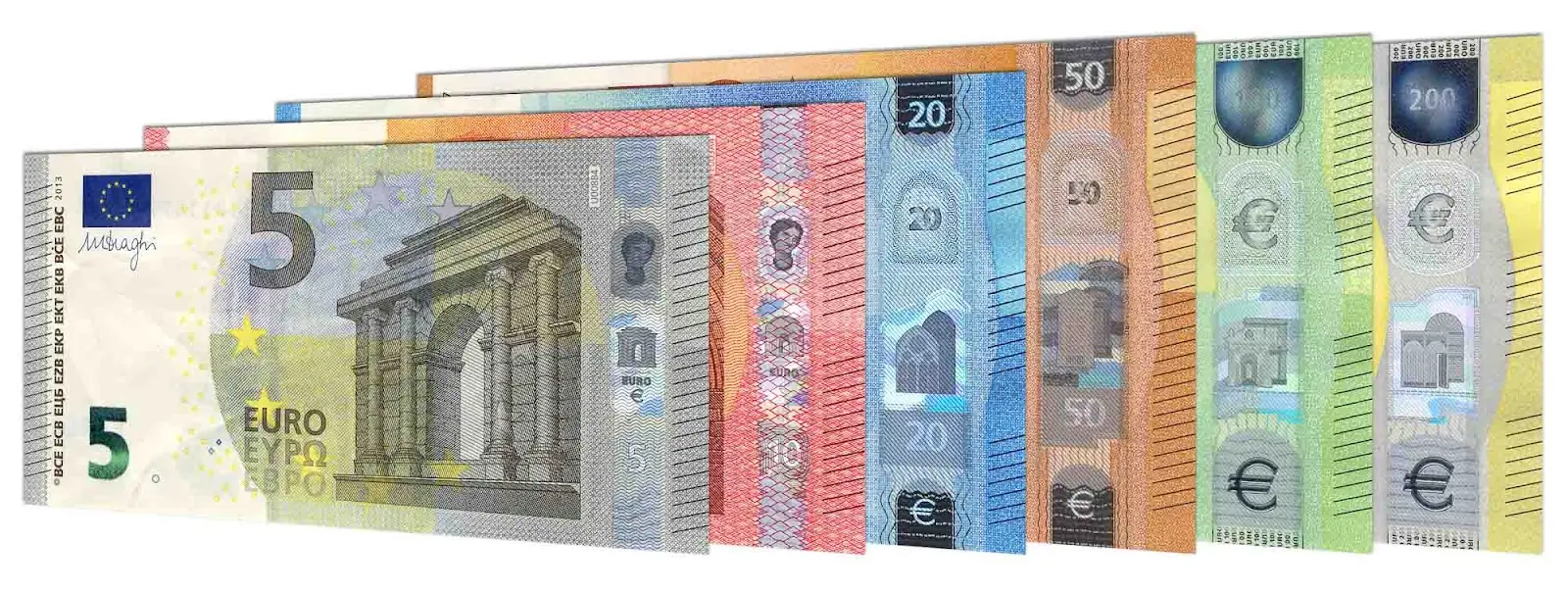
Colour contrasts and high-contrast designs
High-contrast colours and large print numbers benefit people with low vision. Many banknotes use distinct colours for each denomination to make them easily recognisable. The Canadian dollar, for example, comes in a range of vibrant colours: blue for $5, purple for $10, green for $20, red for $50, and brown for $100.
In the UK, the numbers are printed in large fonts and against a white background to give high contrast and make it very easy to spot the denomination of the note.
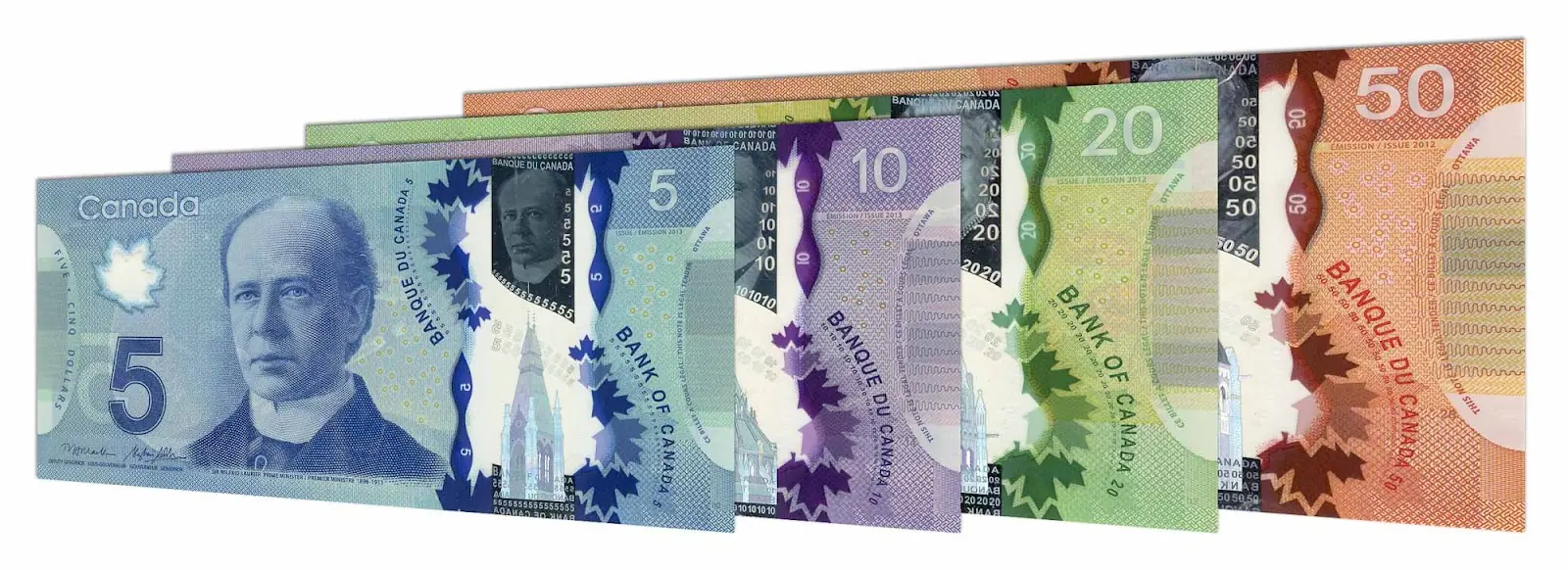
Currency identification apps and technology
Technology is revolutionising currency accessibility. Smartphone apps like Seeing AI and Google Lookout allow visually impaired users to identify banknotes. These apps use the phone’s camera to scan and recognise denominations and read out the value.
This technology also helps users access banknotes that may lack tactile features. It’s especially helpful in countries with fewer accessible features on their currency.
Buy your currency now
Takeaways
Inclusive design in currency matters for everyone. Accessible banknotes allow blind and partially sighted people to handle money with independence and confidence. Countries worldwide recognise this need and are adapting their designs to support it.
The global move towards inclusive currency brings us closer to a world where everyone, regardless of their visual ability, can handle currency with ease. Accessible currency is more than just a feature, it creates a more equal society.
FAQs
Does UK money have braille?
No, UK banknotes don’t use actual braille. The Bank of England’s polymer notes Instead have unique raised dots on the £10, £20, and £50 to help with identification by touch.
How many countries have braille on their currency?
Five countries currently circulate coins with braille: Belgium, Costa Rica, Italy, Peru, and the United States.
Will I get more travel money if I use Manor FX?
Absolutely! We regularly check exchange rates to ensure you get more travel money with us than anywhere else. Feel free to compare our rates with other providers—you’ll see the difference yourself!
Do you charge any fees?
Not at all! We believe in keeping things simple and transparent, so we never charge commissions or transaction fees. If you’d like your travel money delivered by post, there’s just a £7.50 delivery charge for orders under £750. For orders of £750 or more, delivery is completely free!